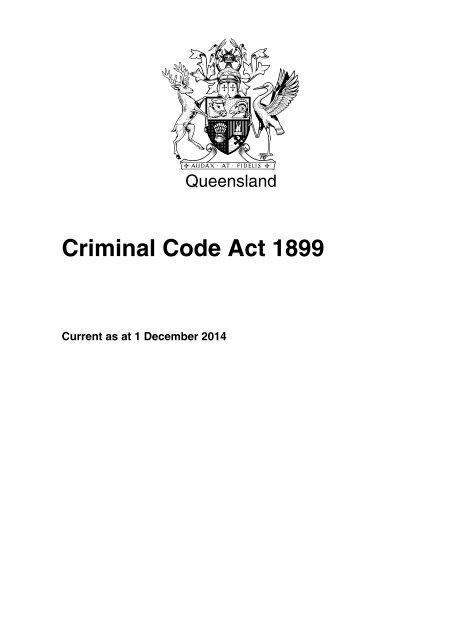CriminalLaw

“In Australia, we can place law into different categories. Civil law generally deals with disputes between people or organisations, as well as acts that cause loss to others. Criminal law on the other hand, deals with acts that intentionally cause harm to others. Customary law refers to the law of Aboriginal and Torres Strait Islander peoples and, while it does not apply to all Australians, can be of great significance to Indigenous Australians.” (Easton et al., 2017)

Summary&IndictableOffences
“Criminal law can be generally divided into more serious indictable offences such as murder, and less serious summary offences such as fare evasion. This was an important difference in the past when people could be sentenced to death for serious offences. Today, although Australia does not issue the death penalty*, summary offences are generally heard by a judge in the magistrates court, while indictable offences are heard by a judge and jury in the district and Supreme courts.” (Easton et al., 2017)
*Ronald Ryan was the last man hanged in Australia, on 3 February 1967. (adam.blackshaw, 2017)

Typesofoffences
“All crimes, whether summary or indictable, can be classified into a type of offence, including offences against the person, offences against property and other offences. Those classified as other offences are generally offences detected by the police rather than being reported by the public – for example, public order offences, motor vehicle offences and drug offences. In Queensland, the Criminal Code 1899 (Qld), along with other Acts of Parliament such as the Drugs Misuse Act 1986 (Qld) and the Transport Operations (Road Use Management) Act 1995 (Qld), defines what actions are considered to be criminal.” (Lippingwell et al., 2018)

Theobjectiveofcriminallaw
“In criminal law, the main objective is to punish the wrongdoer and keep society safe. This is done in the hope that it will deter others from committing a similar crime. To convict someone of a crime, there must be proof beyond a reasonable doubt that the person has in fact committed the crime. This means that if there is a chance a person could be innocent, they must be found not guilty.” (Easton et al., 2017)

Sentencingofcriminalacts
“Each crime has a specific minimum and maximum punishment or sentence that a person can receive for the given crime. A judge will decide on a sentence based on a number of considerations, such as whether the person is likely to reoffend, their personal circumstances and the severity of their crime. In recent times, the legal system has made a much bigger effort to try and rehabilitate criminals rather than simply punish them. A rehabilitated criminal is one who can return to society without a likelihood of reoffending. The government offers training and support to help criminals gain the skills and knowledge needed to be a constructive member of society.” (Easton et al., 2017)

